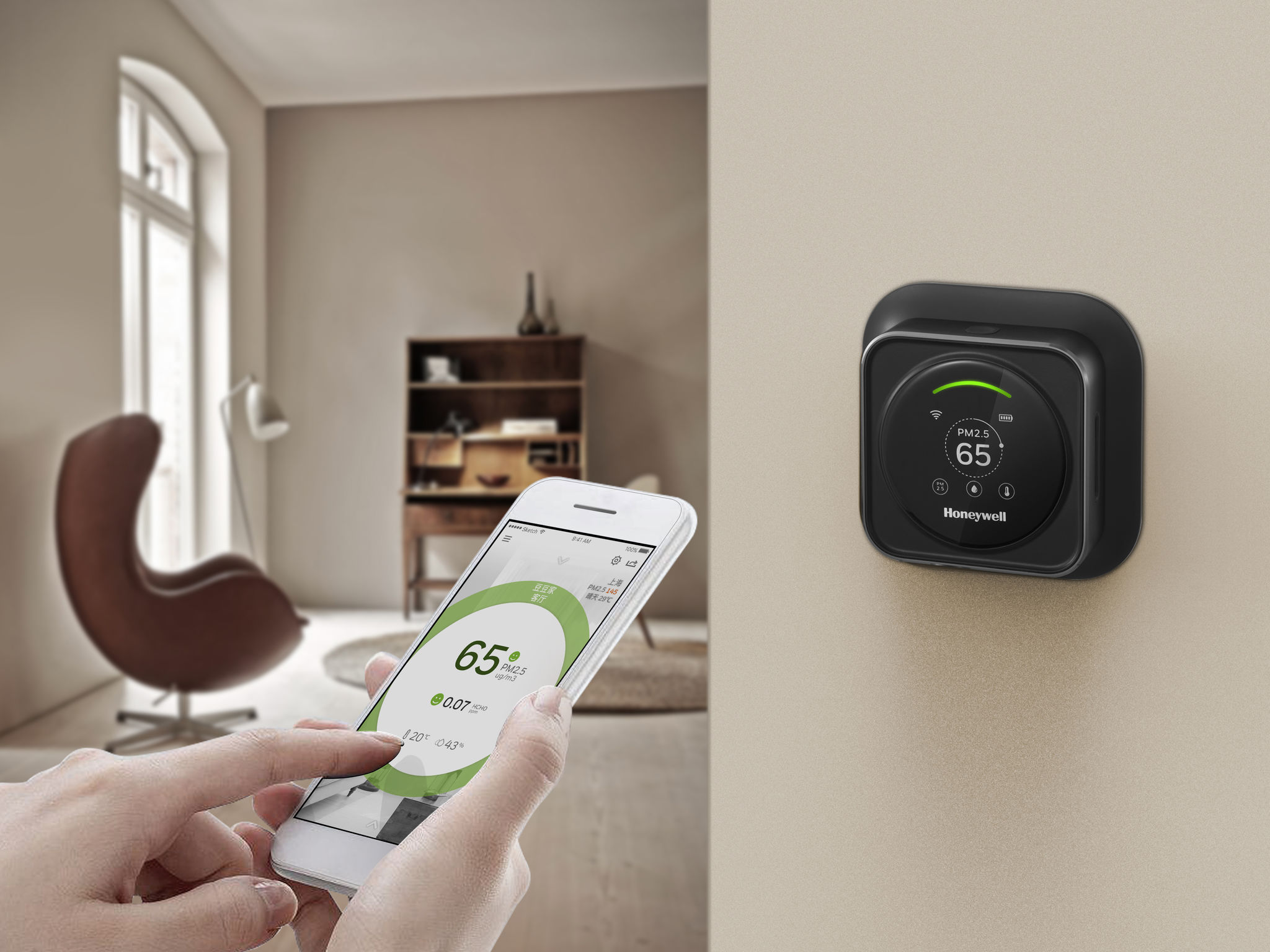Indoor air quality is crucial to maintaining a healthy and comfortable environment, especially in places like Dubai, Abu Dhabi, and Ras Al Khaimah, where temperatures and urban conditions can impact indoor air. Monitoring indoor air quality allows homes and businesses to detect and address pollutants, improving air quality for everyone inside. Quality Care Building Cleaning Services, a professional cleaning and maintenance provider, offers insights into the best indoor air quality monitoring tools.

1. Air Quality Sensors
Air quality sensors are essential for measuring particles and pollutants in the air, such as dust, smoke, and volatile organic compounds (VOCs). These sensors deliver real-time data, allowing you to make immediate adjustments if pollutant levels rise. Advanced models can detect even minute particles, making them ideal for commercial spaces and residential properties.
2. Carbon Dioxide (CO₂) Monitors
CO₂ levels can influence overall air quality, especially in closed environments with limited ventilation. High CO₂ levels can result in fatigue, reduced focus, and even health issues for those spending extended hours indoors. CO₂ monitors are specifically designed to measure and display carbon dioxide levels, helping business owners and facility managers improve ventilation as needed.
3. Temperature and Humidity Sensors
While often overlooked, temperature and humidity sensors play a significant role in controlling air quality. High humidity, for instance, can lead to mold growth, while low humidity can cause dryness in the air, making it uncomfortable for occupants. These sensors help maintain optimal conditions by alerting you to changes affecting air quality or comfort.
4. Particulate Matter (PM) Sensors
PM sensors measure fine particles, such as dust, smoke, and pollen, that can be harmful when inhaled. PM sensors are essential for businesses in urban areas or those close to busy roads for detecting increased levels of these pollutants. By monitoring PM levels, you can take timely action to reduce airborne particles, ensuring cleaner and safer indoor air.
5. Volatile Organic Compound (VOC) Detectors
VOCs are often released from cleaning products, paints, and other common indoor materials. Long-term exposure to VOCs can lead to health issues, making VOC detectors a critical tool for maintaining high air quality standards. These detectors can identify VOC concentrations, enabling you to reduce exposure by adjusting ventilation or limiting the use of certain materials.
6. Tools for Sanitization and Disinfection
Advanced tools, such as UV light disinfectors and HEPA filtration systems, effectively sanitize air and surfaces, providing a cleaner indoor environment. These tools are particularly beneficial for spaces with high foot traffic or environments where maintaining air purity is a priority.
Conclusion
Choosing the right tools for monitoring indoor air quality is essential to creating a safe and healthy indoor space. With options like air quality sensors, CO₂ monitors, and VOC detectors, you can proactively maintain high air quality standards. Ensure the air you breathe indoors is nothing less than the best. Choose Quality Care today and gain control over your indoor air quality with our all-inclusive monitoring solutions, complete with sanitization and disinfection services. Whether you’re a homeowner, business owner, or facility manager, our expertise and resources are tailored to help you achieve and maintain the highest standards in Indoor Air Quality Monitoring. Reach out to learn more and schedule a consultation with one of our IAQ specialists. Breathe easy with Quality Care.
